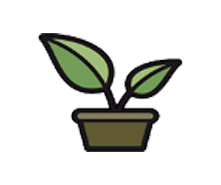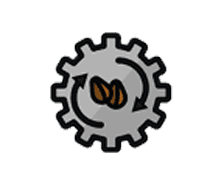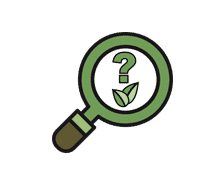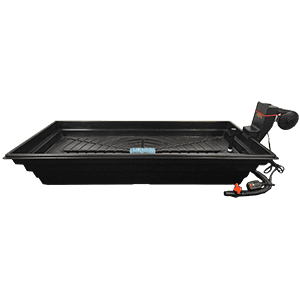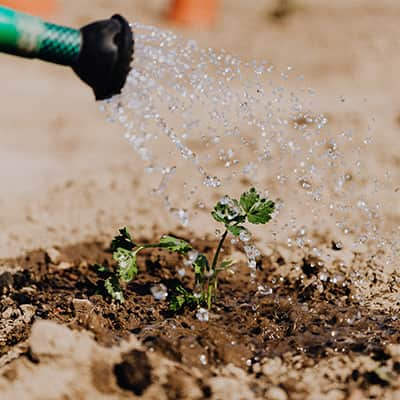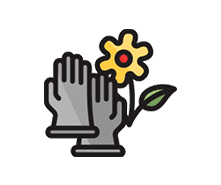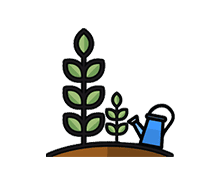Beginners Guide to Plant Nutrients
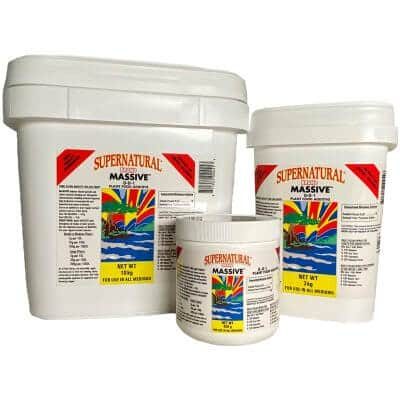
Everyone knows that plants need water, sunlight, and a growing medium to survive. But most gardeners don’t simply want their plants to survive, they want them to thrive. That’s where plant nutrients come in. Just like humans, plants need a variety of nutrients to different degrees to be successful. In fact, a lack of primary nutrients can make plants ill and potentially ruin an otherwise healthy crop. So, it’s important to know which kinds of nutrients your plants need, how much they need, and the symptoms of a deficiency.
Understanding Plant Nutrition
There are a few primary nutrients that plants require, and these are found in most fertilizers. Often referred to as N-P-K, they are nitrogen, phosphorus, and potassium. Most fertilizers will have a series of numbers with percentages on their packages, like 30-10-10, meaning 30% nitrogen, 10% phosphorous, and 10% potassium.
There are a few other important nutrients that plants need to survive along with these three primary ones:
- Calcium
- Magnesium
- Sulfur
- Iron
- Boron
- Chlorine
- Copper
- Manganese
- Oxygen
- Hydrogen
- Zinc
- Carbon
How to Use Nutrients for Plants
Determining the right mix of plant nutrients for the type of plants you are growing can be tricky. Not only does it depend on the type of plant, but it can also depend on what stage your plant is at. Some are made for rooting plants, some for vegetative plants, and some for flowering plants. If you can find a good quality fertilizer that works for all stages, it will save you a lot of time and effort.
Plant nutrients also come in a couple of different forms. Some potting mixes come with the nutrients already added, some are a powder that can be worked into the potting soil and some are liquid or water-soluble. Additionally, some are slow-release and some are fast-release. The type you choose will depend on the needs of your plant.
Identifying Which Plant Nutrients are Lacking
If it is clear that your plant is lacking something, but you’re not sure what, there are some telltale signs that point to some of the most common plant nutrient deficiencies.
Nitrogen Deficiency
Perhaps the most important element and most common deficiency is nitrogen. If the most mature leaves on your plant (the ones near the bottom) are yellowing and if the overall growth seems slow or stunted, a nitrogen deficiency is probably the culprit.
Iron Deficiency
An iron deficiency will cause the leaves to actually fade instead of turning yellow or brown like many other deficiencies. The color will continue to fade and the leaves will look weak and droopy.
Phosphorous Deficiency
This type of deficiency will also cause yellowing of the leaves but is also often accompanied by dark brown spots around the edges of the leaves.
Magnesium Deficiency
Like iron, a magnesium deficiency will cause the leaves to turn pale. The veins of the leaves, however, will remain a stark green creating an unmistakable contrast.
Ultimately, if you want your plants to thrive, it is necessary to give them nutrients. Choosing high-quality plant food that takes the guesswork out of feeding your plants is the best way to avoid nutrient deficiencies and have strong, thriving plants.


